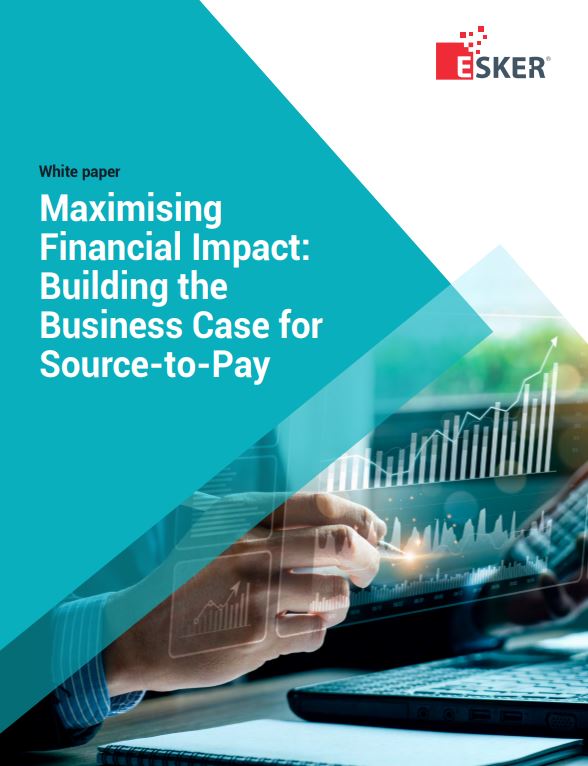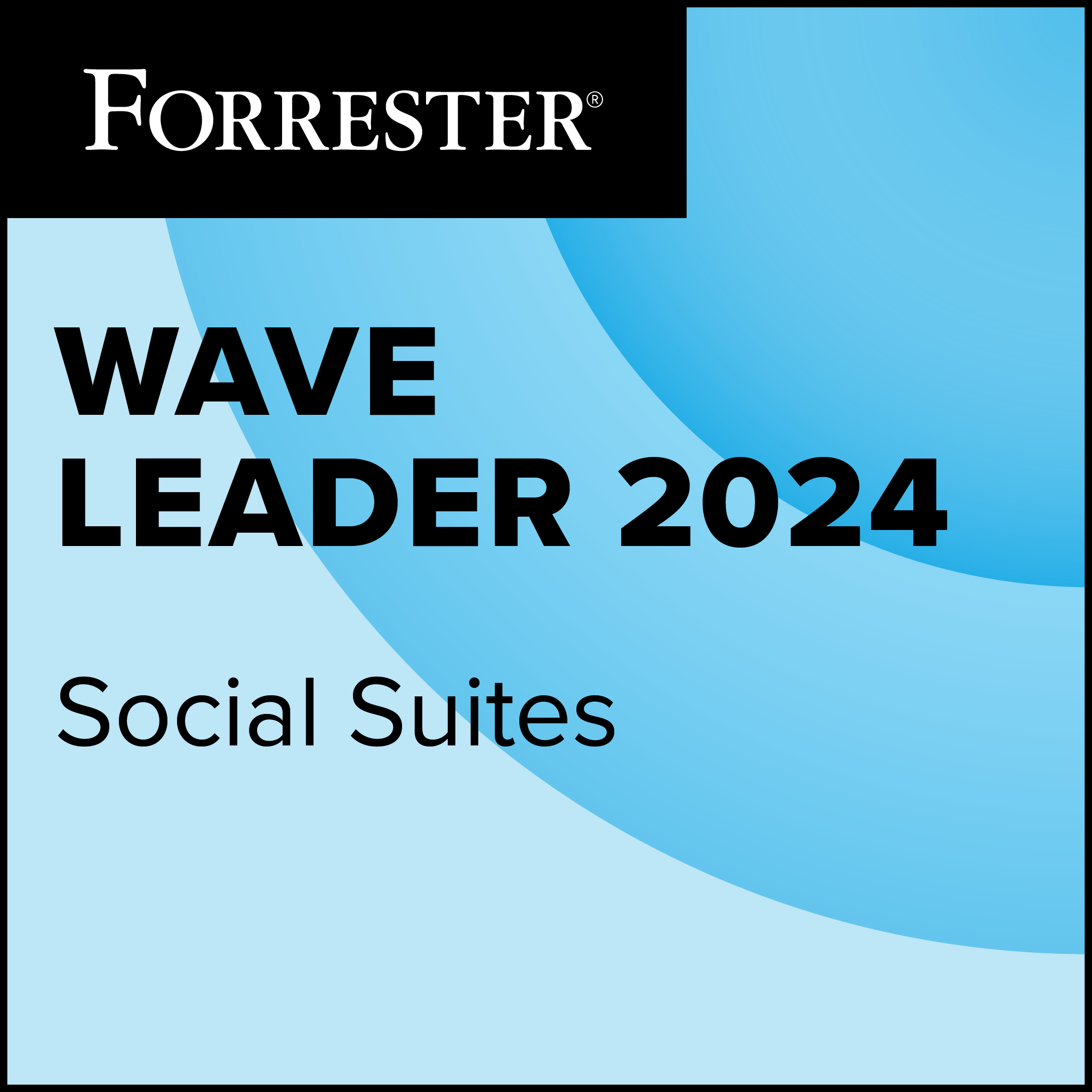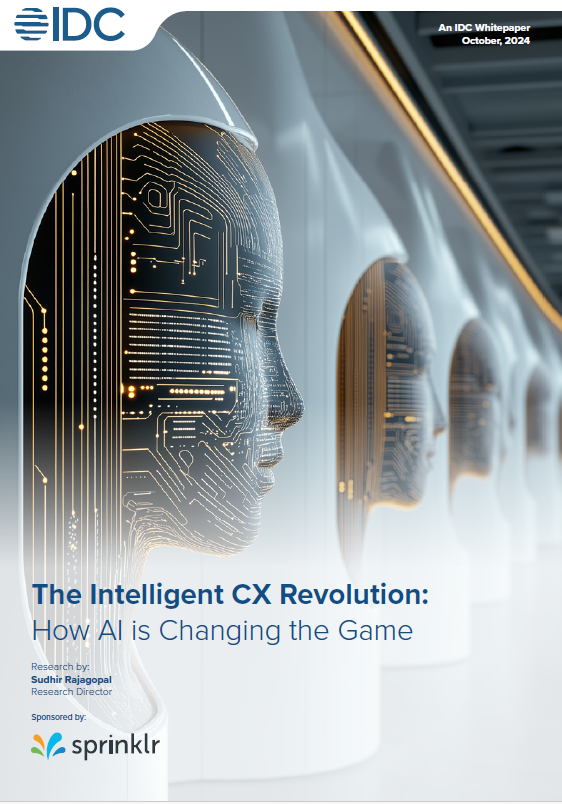Alphabet’s Google is in the headlines, after a number of its current and former employees were awarded highly prestigious Nobel prizes this week.
Nobel prizes in chemistry were awarded to two artificial intelligence pioneers affiliated with the UK’s Google DeepMind division; while another Nobel award for physics went to a former Google employee, who is known as one of the godfather’s of artificial intelligence.
Google had acquired UK-based DeepMind in 2014, and in April 2023 merged its internal AI research team (Google Brain) with UK-based DeepMind. Then in April 2024 Google consolidated its AI teams in its Research and DeepMind divisions.
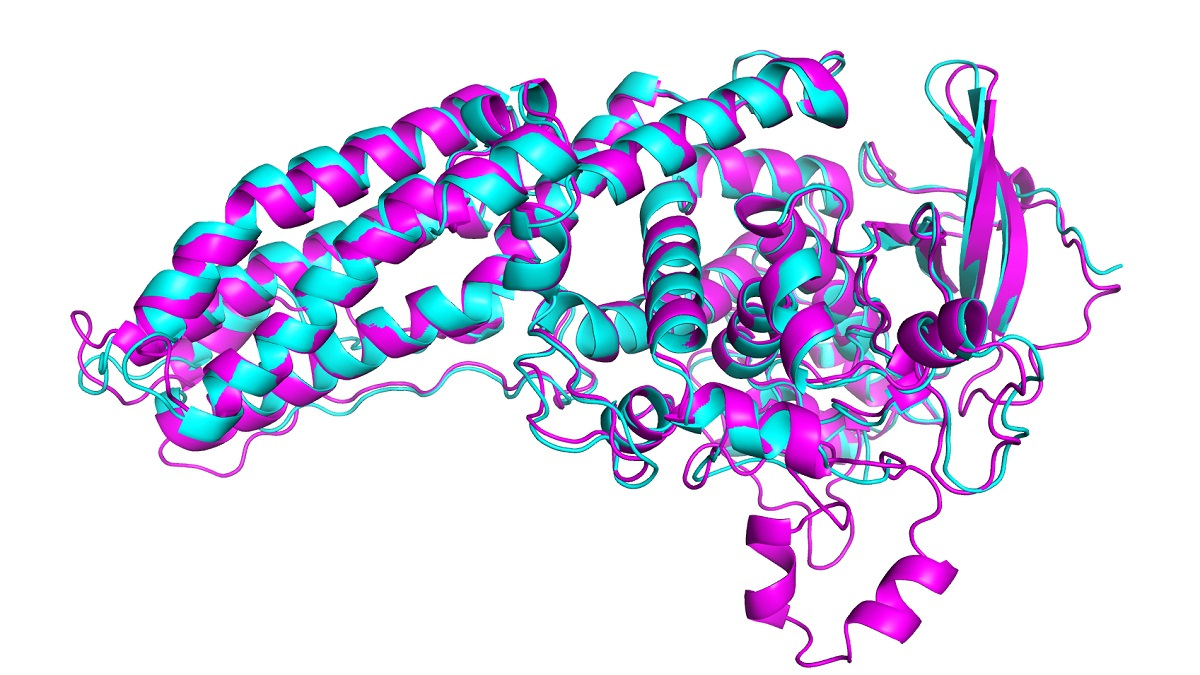
Nobel award – chemistry
The DeepMind team had helped develop Google’s most advanced artificial intelligence model, Gemini, which was unveiled in 2023 (as Google Bard).
This week the Royal Swedish Academy of Sciences announced that it had decided to award the Nobel Prize in Chemistry 2024, with one half to computational biologist Professor David Baker of the University of Washington; and the other half jointly to Sir Demis Hassabis, the founder of DeepMind, as well as another DeepMind employee John M. Jumper.
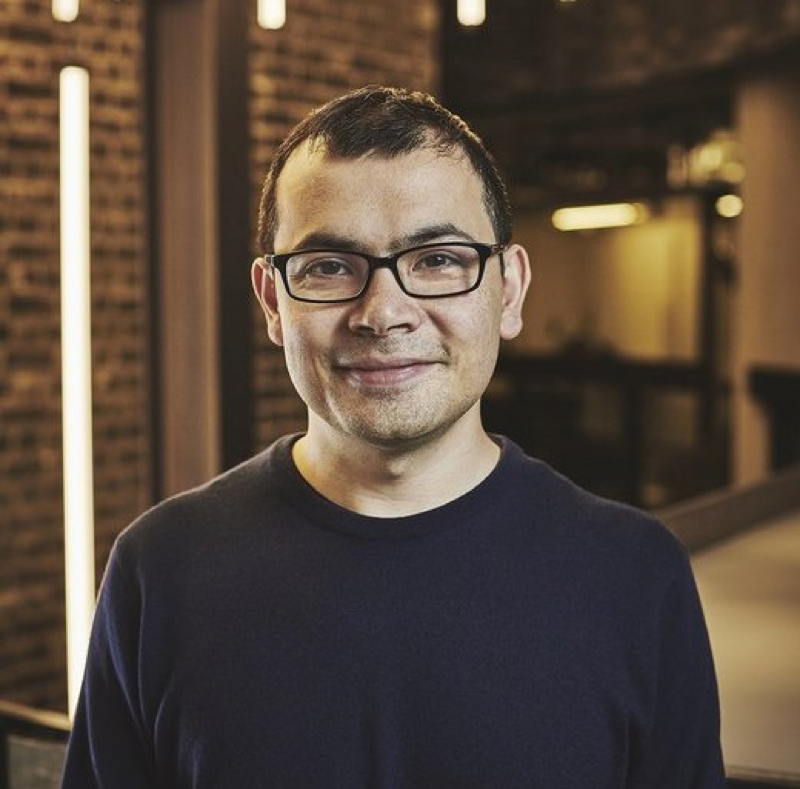
The Nobel Prize in Chemistry 2024 is about proteins, life’s ingenious chemical tools, noted the Academy.
The three men will share the 11m Swedish kronor (£810,000) prize for computational protein design and protein structure prediction.
“David Baker has succeeded with the almost impossible feat of building entirely new kinds of proteins,” it said. “ Demis Hassabis and John Jumper have developed an AI model to solve a 50-year-old problem: predicting proteins’ complex structures. These discoveries hold enormous potential.”
In 2020, Demis Hassabis and John Jumper presented an AI model called AlphaFold2. With its help, they were able to predict the structure of virtually all the 200 million proteins that researchers have identified.
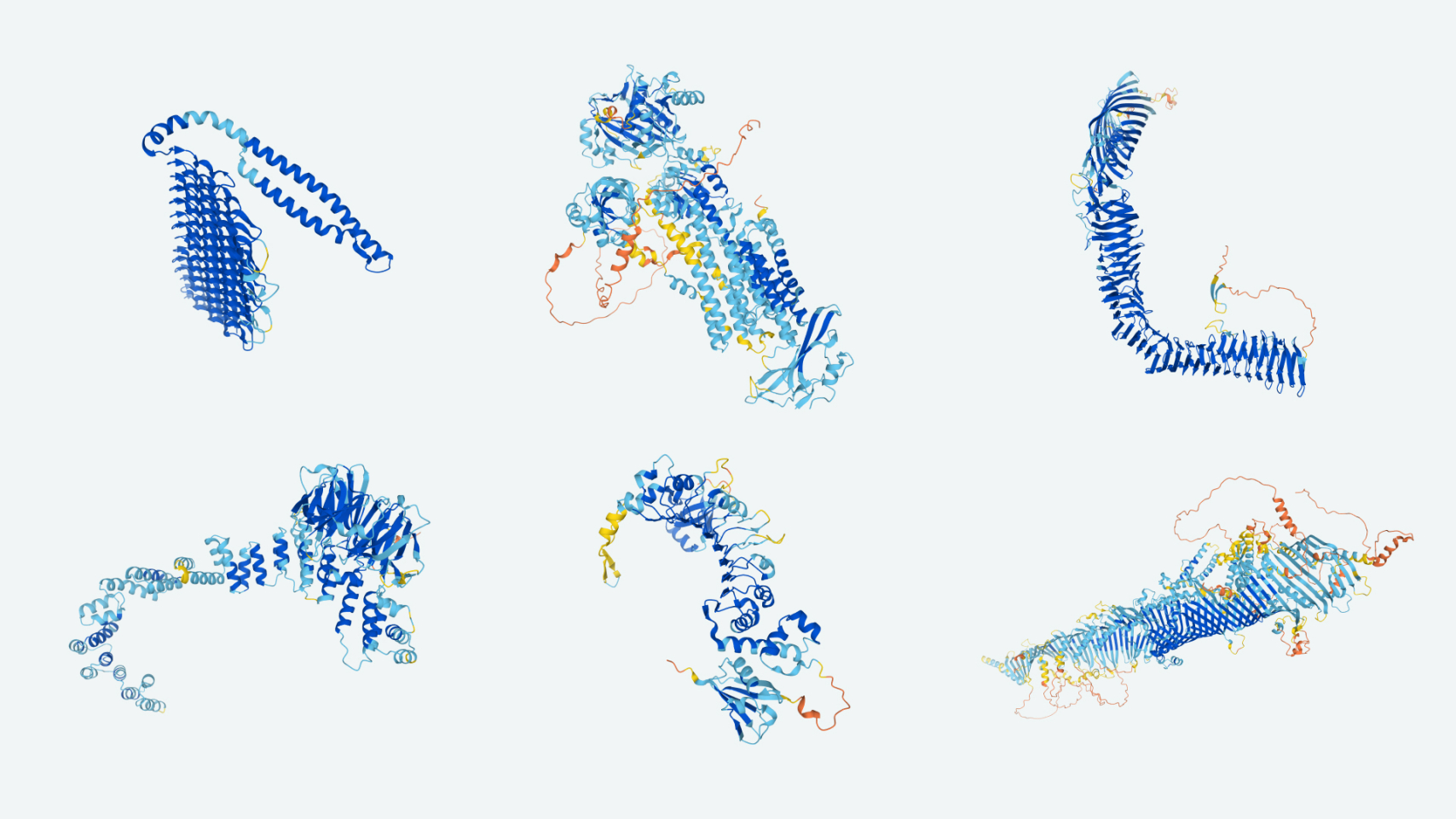
Since their breakthrough, AlphaFold2 has been used by more than two million people from 190 countries. Among a myriad of scientific applications, researchers can now better understand antibiotic resistance and create images of enzymes that can decompose plastic, noted the Academy.
Nobel award – physics
Meanwhile Google also featured in another Nobel prize, this time for physics.
The Academy announced that this year’s two Nobel Laureates in Physics have “used tools from physics to develop methods that are the foundation of today’s powerful machine learning.”
“John Hopfield created an associative memory that can store and reconstruct images and other types of patterns in data,”it said.
“Geoffrey Hinton invented a method that can autonomously find properties in data, and so perform tasks such as identifying specific elements in pictures.”
British-Canadian Dr Geoffrey Hinton had resigned from Google in May 2023, and is widely considered (along with Yoshua Bengio and Yann LeCun), to be the three godfathers of artificial intelligence (AI) due to their many years of developing AI and deep learning.
Dr Hinton coupled with two of his students at the University of Toronto, had built a neural net in 2012. He is viewed as a leading figure in the deep learning community, and in 2018 he received the Turing Award, together with Yoshua Bengio and Yann LeCun, for their work on deep learning.
“When we talk about artificial intelligence, we often mean machine learning using artificial neural networks,” said the Academy. “This technology was originally inspired by the structure of the brain…This year’s laureates have conducted important work with artificial neural networks from the 1980s onward.”
“The laureates’ work has already been of the greatest benefit. In physics we use artificial neural networks in a vast range of areas, such as developing new materials with specific properties,” said Ellen Moons, Chair of the Nobel Committee for Physics.

